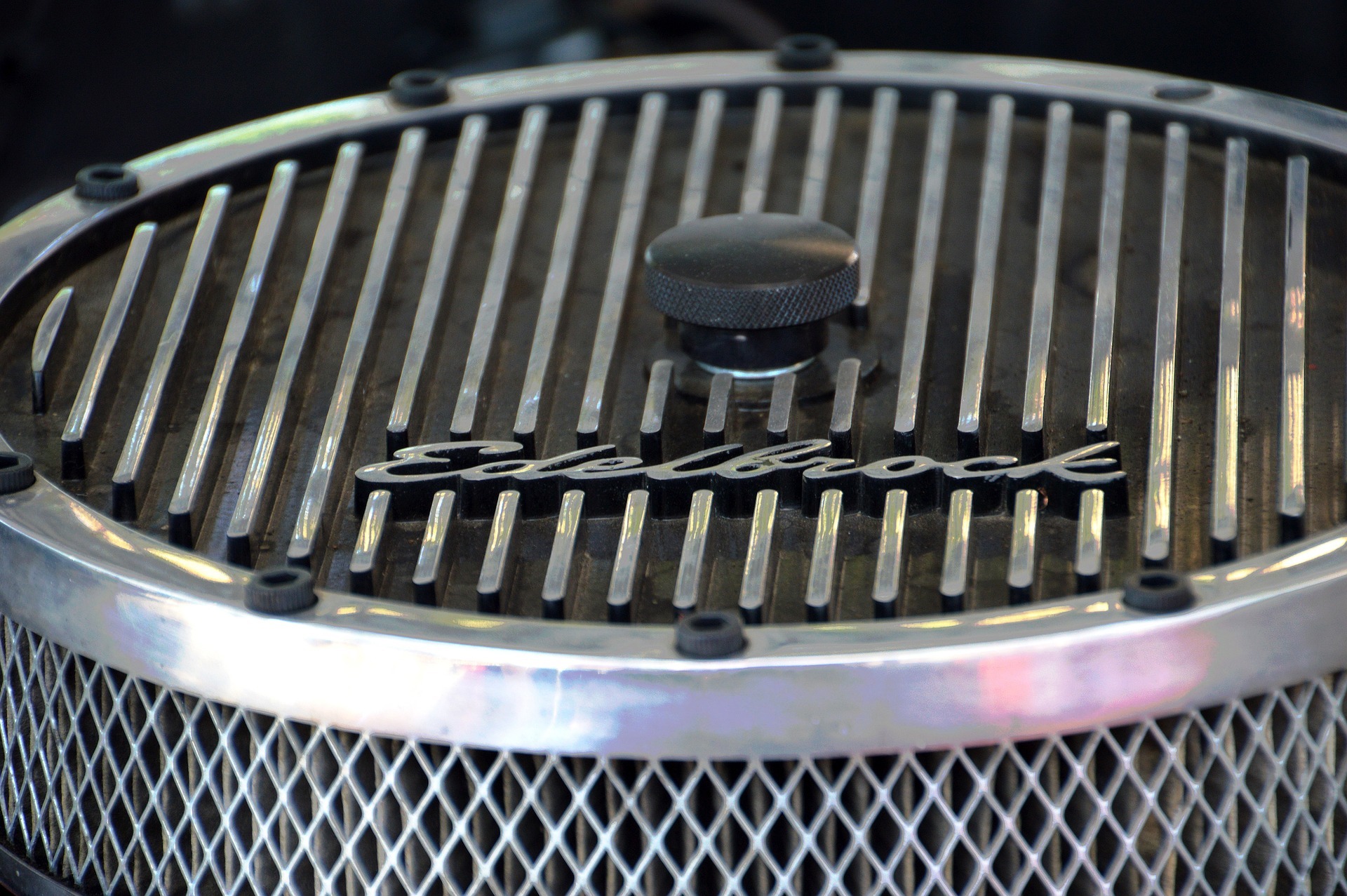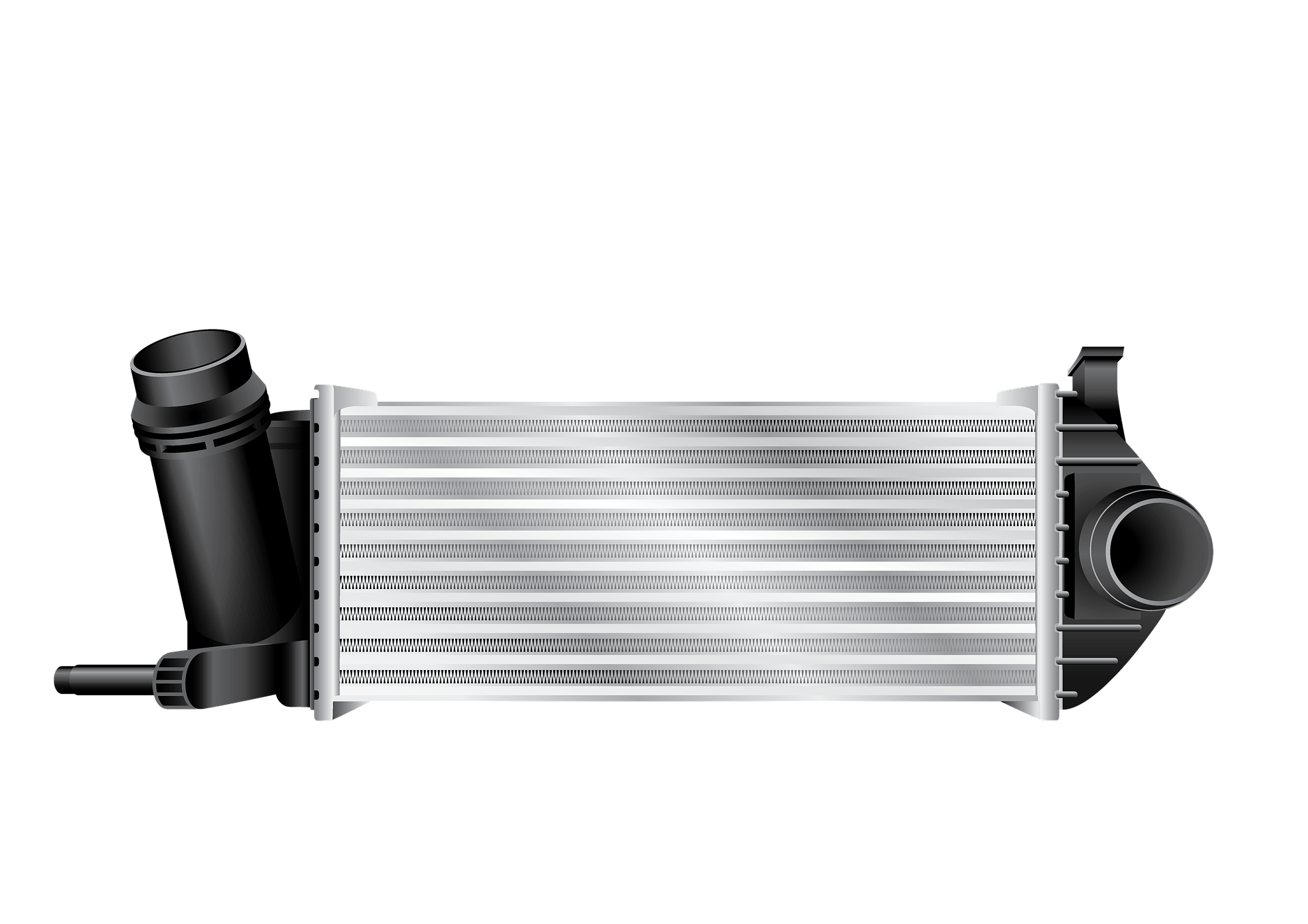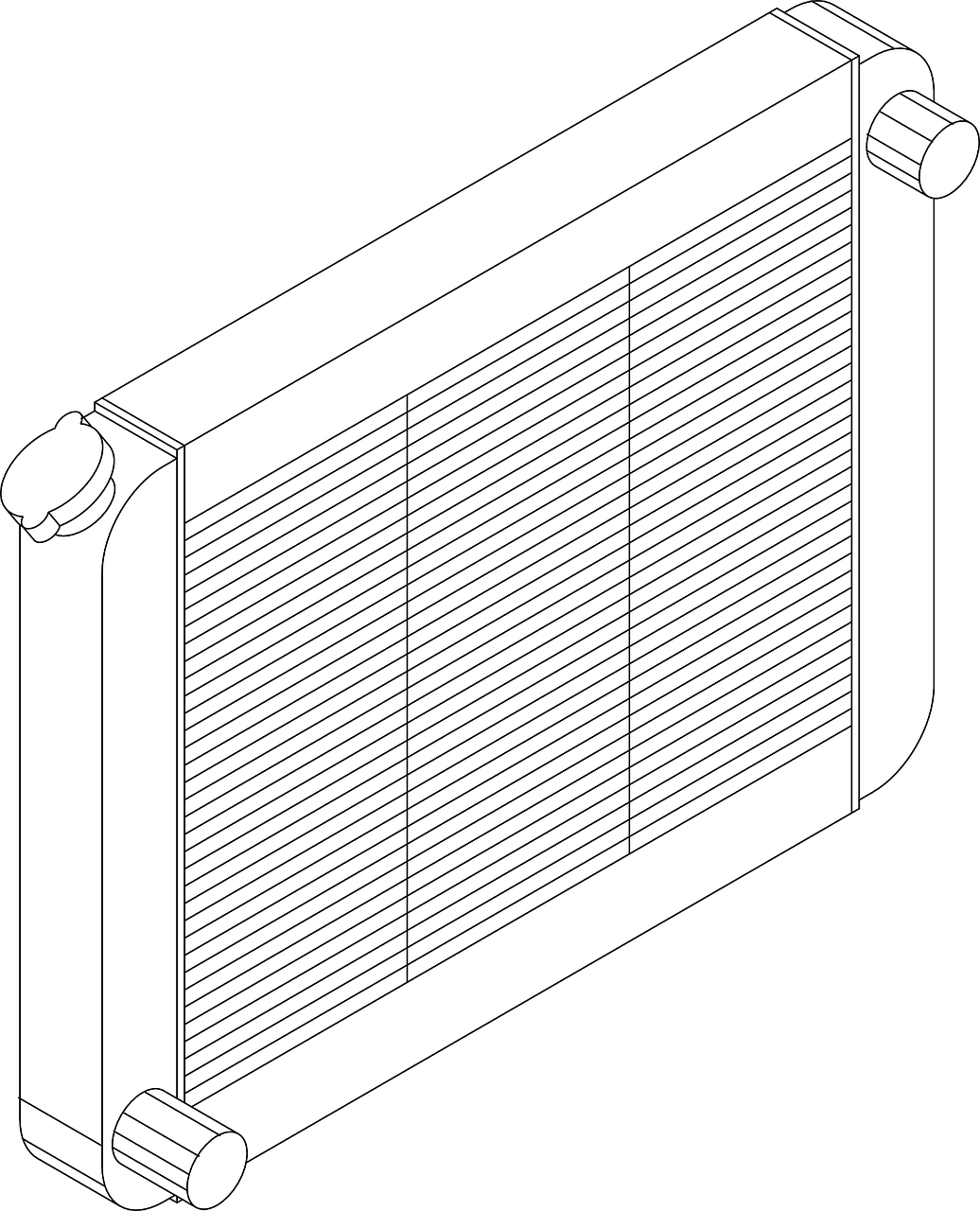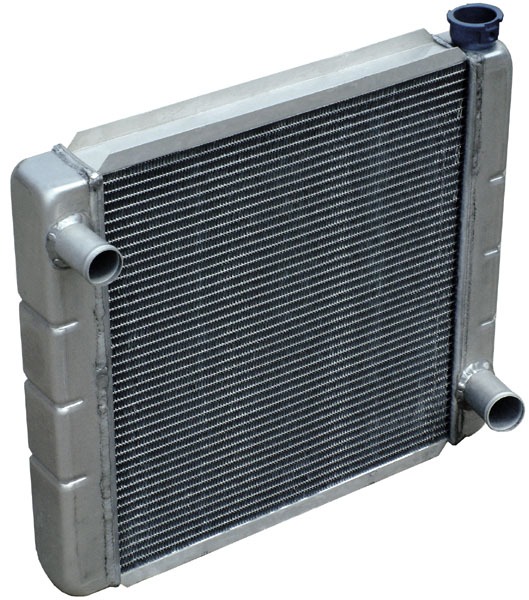Introduction
Engines can heat up pretty quickly, as it creates energy constantly and is regularly exposed to heat caused by combusting fuel. So, to prevent overheating, a vehicle should have a radiator installed near the engine. The radiator is a component that is specifically utilized for cooling internal combustion engines, which are the engines that are commonly found in cars. How exactly does a radiator cool an engine? Let us find out as we take a look at the different aspects of car radiators and how they work.
Components of a Car Radiator
Core
A radiator’s core, which contains coils of tubing and tiny metal fins, is its essential component. Through the vent, the core primarily transfers heat from the hot coolant that is flowing into the air. Depending on the number of cores and the materials, the core categorizes radiators. Radiators come in one-, two-, and three-core varieties.
Pressure Cap
The radiator’s coolant is always under pressure. The pressure keeps the coolant hotter without causing it to boil, which improves cooling. Your car’s radiator is sealed off by the pressure cap, which builds pressure within and ultimately raises the coolant liquid’s boiling point. When the pressure cap is damaged or not functioning, the hot coolant can damage other cooling components. The pressure cap bleeds it off to prevent this from happening.
Inlet and Outlet Tubes
This is the point of entry and exit of the coolant liquid on the radiator. The radiator has intake and exit tubes. Metal or plastic is used to create the tubes. Through the inlet tube and from the exterior of the engine, hot coolant that is flowing from the engine enters the radiator. The radiator hose connects one tube to the next.
Coolant
The coolant fluid carries heat away from the gearbox, radiator, and engine of your automobile. Coolants are available in gaseous or liquid form. Most contemporary automobiles utilize Autozone coolant. Extreme temperatures are handled by water-cooled engines using antifreeze-mixed water coolants. The coolant liquid performs lubricating and anti-rusting duties in addition to its usual radiator duties. To keep the automobile engine from overheating, this coolant circulates.
How a Car Radiator Works
The cooling processes
The liquid absorbs heat from engine friction and spent fuel. After that, this liquid is returned to the radiator for cooling. More cooling is provided by the air that is drawn through the vents from the outside of the car. If required, the coolant can be returned to the engine after it reaches the proper temperature.
Flow of coolant
The coolant, or fluid running through your radiator, is the lifeblood of the cooling system. The antifreeze advised for use in your car is a precise blend of water and an additive. Regular checks should be made on coolant levels; if fluid is being lost, there is a leak somewhere. Go to a repair specialist if there is a leak so they can find it and fix it before it gets expensive. degradation from coolant usage and periodic replacement requirements. Once a year, your car requires a radiator flush to get rid of the deposits produced by regular use. Regular maintenance of your radiator and its hoses as well as leak detection and repair are all routine services.
Heat transfer from the engine
The engine of a vehicle gives it its power through the burning of fuel and the creation of energy from its many moving parts. Power and conduction from the engine may generate a lot of heat. To prevent overheating, which may seriously harm the engine, this heat must be removed from it while it is running. A radiator aids in cooling the engine’s overheated interior. It is a component of the cooling system for the engine, which also consists of a liquid coolant, hoses for circulating the coolant, a fan, and a thermostat to track the coolant’s temperature.
Types of Car Radiators
Crossflow Radiator
The tanks of a crossflow radiator are located on both sides of the core. From the right side of the core to the left, coolant is circulated. This type of radiator is an excellent option for modern small cars or vehicles with a low bonnet line. The core is aligned horizontally, whilst the tanks are oriented vertically. A crossflow radiator’s liquid flows across its center from right to left. On this type of radiator, the radiator cap can be installed on the low-pressure sure side of the tank. This aids in releasing some of the pressure that builds up on the cap when you are operating at high RPMs. There are frequently single, double, and triple pass arrangements for crossflow radiators. The liquid can therefore be heated and cooled repeatedly. Your body temperature may decrease by as much as twenty degrees, as you will notice. The double or triple pass is made possible by the radiator’s capacity to distinguish between the fluid that needs cooling and the fluid that has already been cooled. A crossflow radiator’s size must be taken into account. They are wider than typical radiators, so it might be difficult to install one on a car that has had its engine upgraded. On the other hand, automobiles with a low hood line are best suited for a crossflow radiator. If you are concerned about that part of your car’s design, the larger crossflow radiator should dissipate more heat, keeping your cooling network even more useful.
Down-Flow Radiator
Many vintage cars have a downflow radiator. The tanks are horizontal, whereas the core is vertical. Coolant is poured into the top tank. Pump pressure and gravity help the flow. The airflow has put the radiator under pressure. The coolant dissipates heat, which is then released into the atmosphere, by the use of tubes and fins. The cooled fluid is kept in the bottom tank. It is returned to the combustion chambers within the engine via recirculation.
Conclusion
In conclusion, a car radiator is a crucial part of an engine’s cooling system. It maintains the engine operating at the right temperature and aids in preventing overheating. The main parts of a radiator are the core, pressure cap, intake, and exit tubes, and coolant. The coolant flows back to the radiator for cooling after absorbing heat from the engine. Regular radiator upkeep and frequent coolant replenishment are necessary. Crossflow and down-flow radiators are the two types of automotive radiators, and each has pros and cons. In general, a functional automotive radiator is essential to the durability and efficiency of a vehicle.




